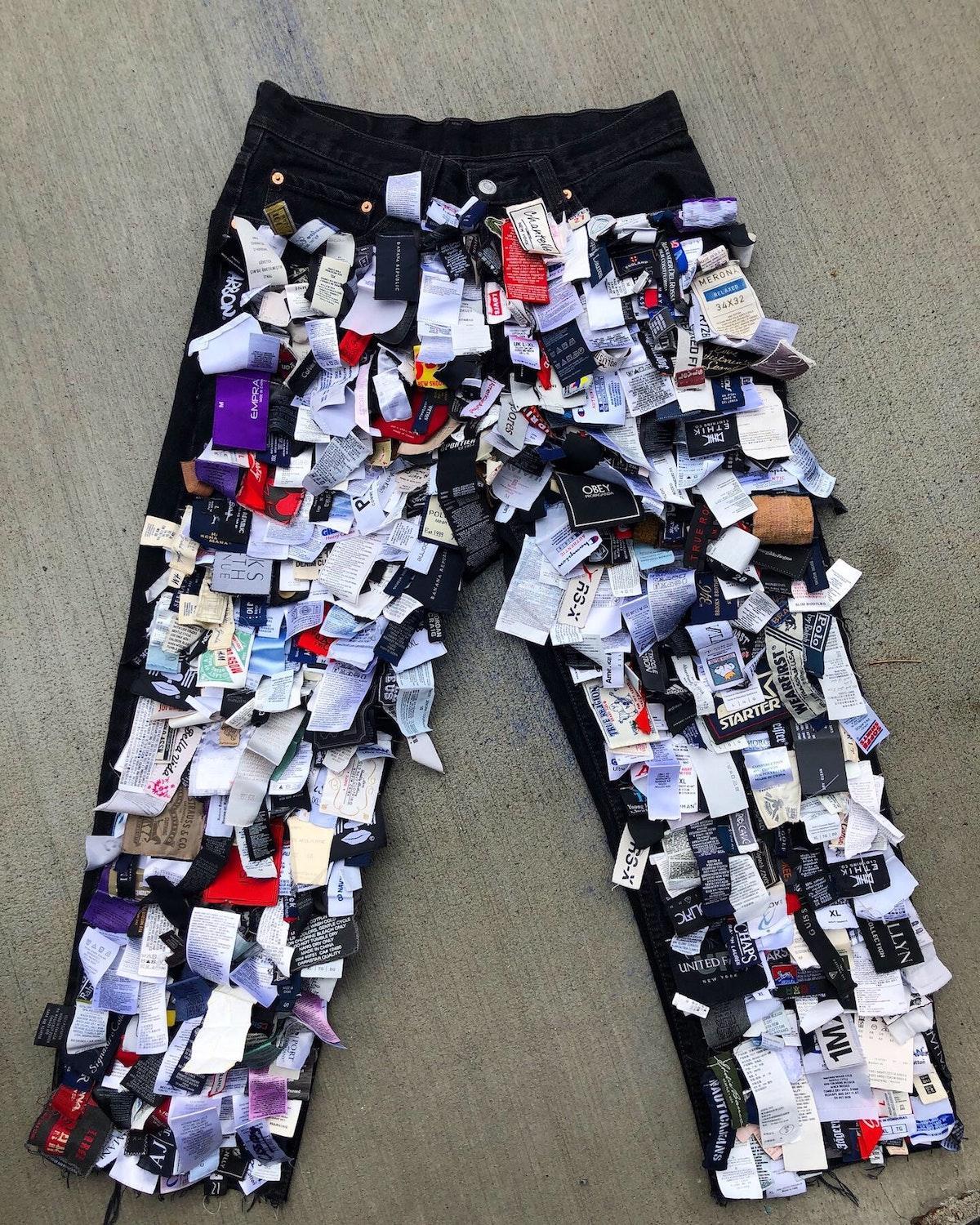
Every community in Japan has a scheduled trash collection for clothing. However, this option is only advisable for clothes that are really close to disintegration. If you have outfits that can still be used, give them a second chance in another person’s closet. Here are a couple of options to recycle old clothes in Tokyo.
Quickly sell old clothes online
Perhaps the easiest way to get rid of your old clothes is to sell them online, whether through Craigslist, Mercari (Japanese only), or social media sites like Facebook marketplaces or community pages. This will be your option if you’re after getting the most cash for your used clothes. Take photos of the items, their size, and other key details and post them on Craigslist, Mercari, or Tokyo Sayonara Sale (there are many of these pages on Facebook).
Prepare to answer questions from potential buyers such as the mode of shipping, payment options, or meeting place for the exchange. If you’re opting for Mercari, you can drop the items at any Kuroneko Yamato outlet and inform them it’s for Mercari. This way, you don’t need to register your personal details to ship the clothes. In exchange, Mercari takes 10 percent of the deal.

Check out Uniqlo and H&M for recycling
Are you a loyal Uniqlo and H&M shopper? Simple designs, lots of room for styling and layering, and all the essentials in one store – who wouldn’t get addicted shopping at these shops? Given the pressure for sustainability in the fast-fashion industries, you can also expect that these clothing store giants have a system to recycle old clothes.
You can go to almost any Uniqlo or H&M outlet in Japan, and you can find drop-off boxes for used clothes. They don’t even need to be from these brands, as long as they’re still wearable. What’s more, H&M offers you ¥500 for every bag of clothing you donate. The catch is spending a minimum of ¥3,000 at the store, so you might want to schedule your donating alongside a shopping day.

Drop by the Mottainai Flea Market
Don’t waste used clothing by giving them to Tokyo’s flea market. Coined “mottainai,” which loosely means wasteful, you can donate them instead and give a hand promoting sustainability and environmental conservation efforts. You can check out the Mottainai Flea Market website for the weekly schedule and location.
Second-hand stores are so worth it
My daughter and I enjoy browsing Mode Off or 2nd Street stores because of all the clothing treasures we can find at a fraction of the cost. Having shopped at thrift stores in other countries, we could say that the condition of the used clothes offered in Japan is top-notch. Imagine your old clothes ending up in good hands instead of being thrown away or collecting dust in the closet.
Mode Off accepts any clothing in wearable condition, given that it’s in season so that it can make it to the racks on time. To top it off, you can even get some cash back for your clothes (don’t expect much, though).
Suppose you have more branded clothing; head over to 2nd Street to get your items appraised. The shop also accepts bags, shoes, watches, accessories, even furniture, and home appliances while you’re at it. Just remember to bring a government-issued ID to sell your belongings.
Donate the clothes!
Did you know that there is a Salvation Army in Japan? It’s located in Nakano-Fujimicho for personal drop-offs every Saturday morning, or you can contact them two to three weeks in advance to schedule a pickup. A volunteer would drop by and retrieve your old clothes (anything still in wearable or usable condition) right from your doorstep. Just make sure that the items are in bulk and the pickup if it’s during a weekday.
If this setup doesn’t work for you, you can also donate your clothes via courier, although you must shoulder the fees. Check out their website here.
What about upcycling?
If arts and crafts are your thing, perhaps you can upcycle your old clothes, which is recycling in a sense. Get your cloth scissors, sewing kit, or machine and tap into your creative juices as you turn your old pants into a sturdy and chic shopping bag or your old cotton shirt into reusable face mask filters.
If you’re new to the idea of upcycling, here are a few tips to consider:
- Start with simple projects such as redesigning old T-shirts. Don’t tackle complicated cuts just yet while you get the hang of handling the fabric.
- Look at the garment as pieces of fabric sewn together. This means that a pair of pants can be disassembled and put back together as another item. When you see garments from this perspective, you experience fewer limitations along the way.
- You can also choose to retain the original garment but glam it up through embroidery, reshaping, cutting, dyeing, and so on.
- Lastly, remember that there is no right or wrong when it comes to the design of upcycled clothes. You have complete control over what style you’re going for and flaunt it proudly when done!
Whatever method you choose to recycle your old clothes, think of it as giving them a fresh start. Recycling is a fulfilling activity that benefits not only yourself but the earth.




















